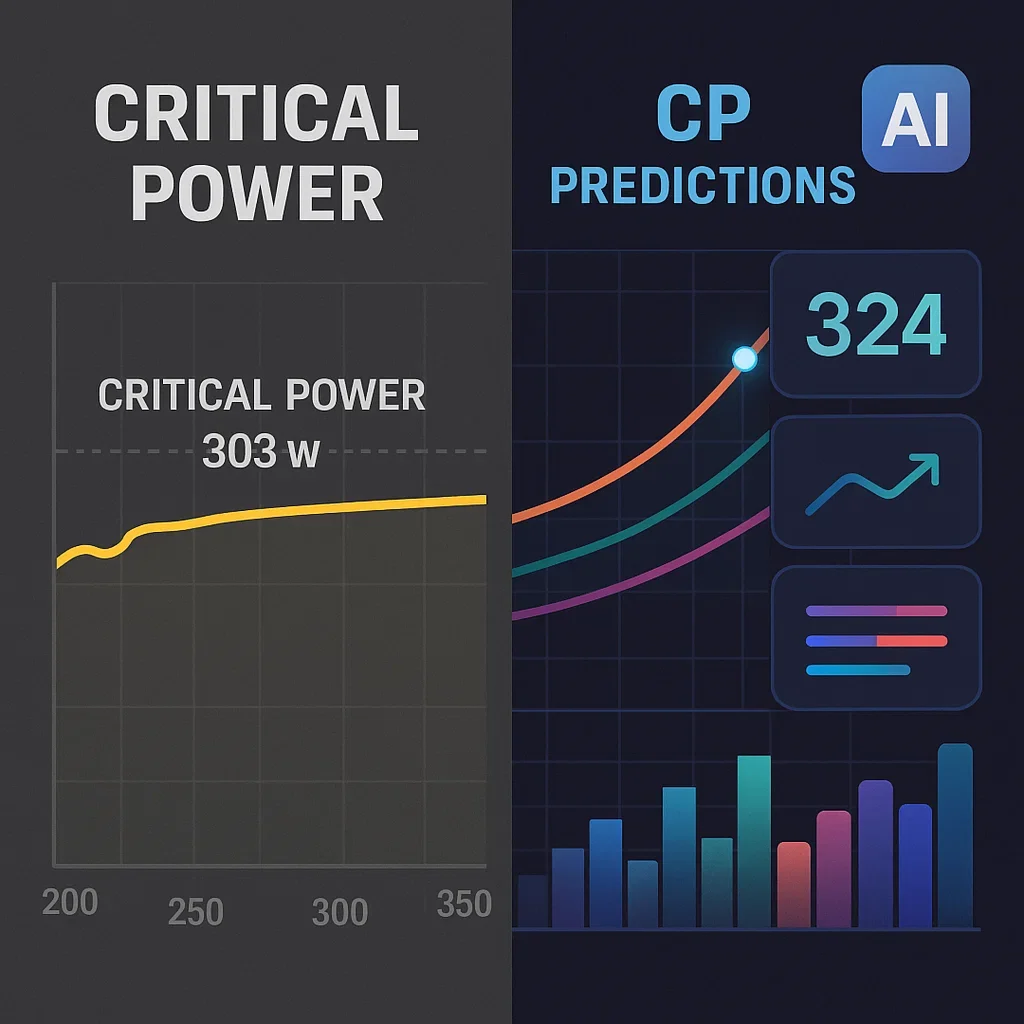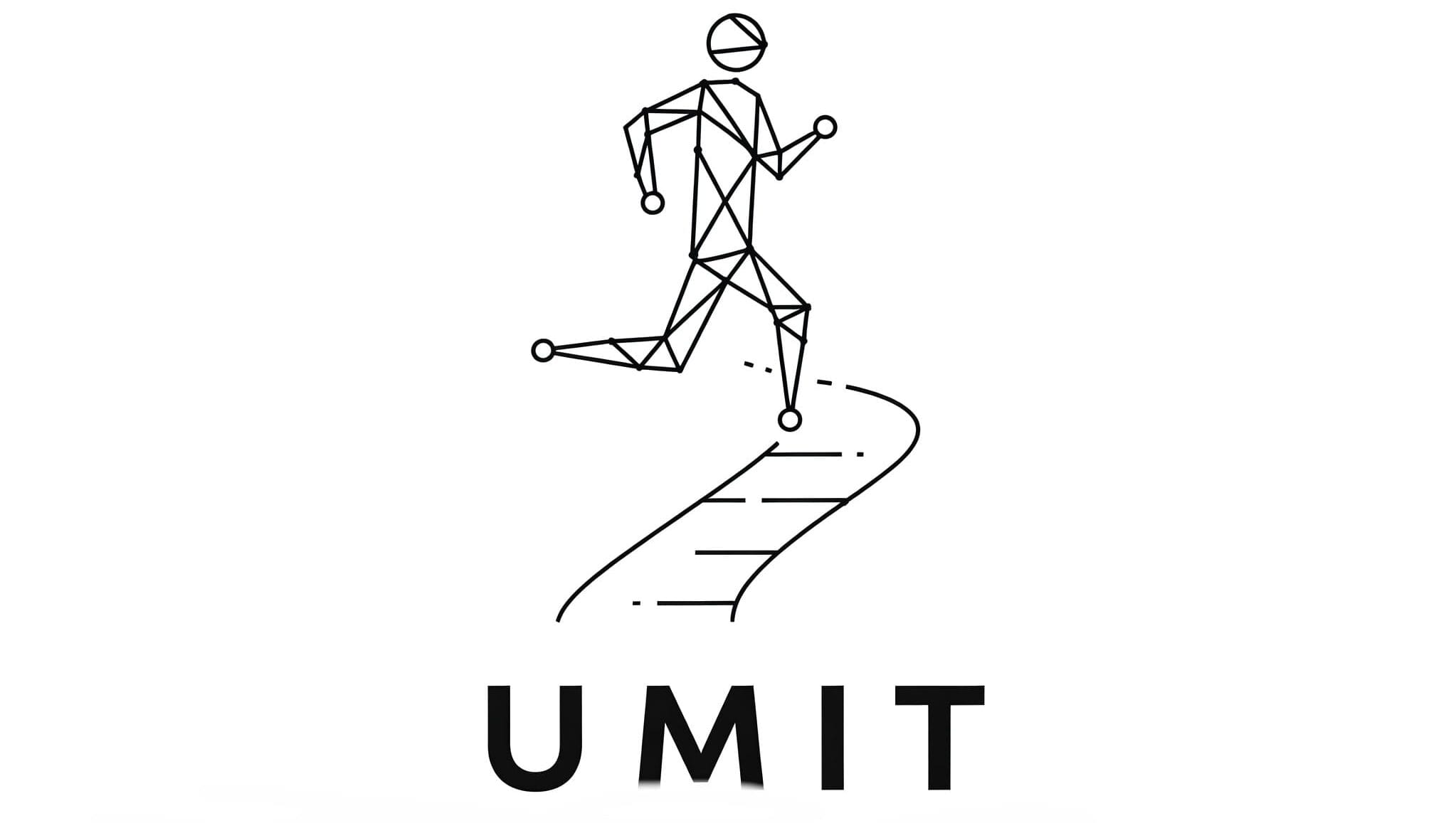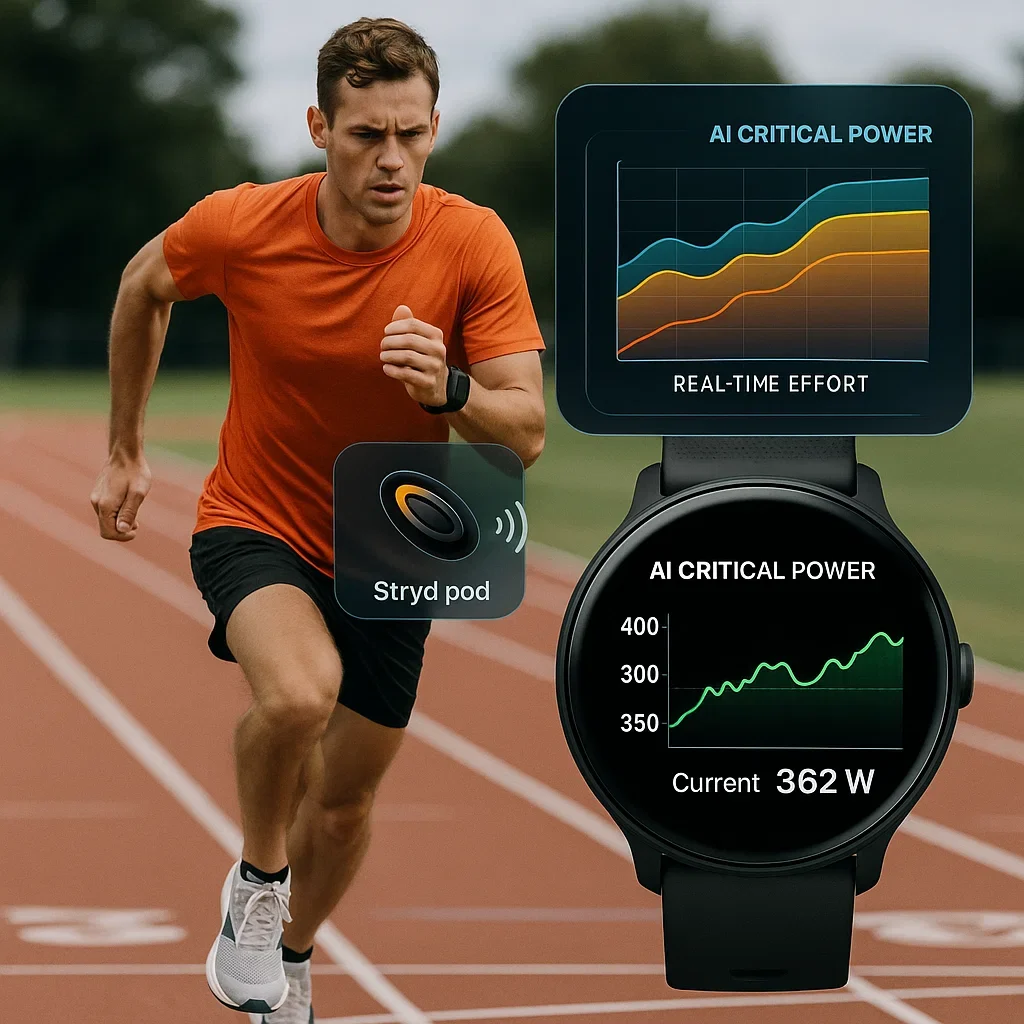AI Critical Power Calculation for Runners: Stryd, Apps & The Future of CP Modeling
Critical Power (CP) has become the “north star” metric for serious runners—shaping training intensity, pacing, and even recovery. With the rise of Stryd and next-generation wearables, CP isn’t just for elites anymore.
But as artificial intelligence (AI) enters the running world, a new era of CP modeling is here: real-time adaptation, deeper data analysis, and day-by-day adjustments that promise smarter results for every athlete.
In this guide, we break down how AI calculates Critical Power, what sets it apart from traditional methods like Stryd, and what runners—from first-time marathoners to seasoned ultrarunners—should know before making the leap.
Let’s explore: The science, the best tools, and how AI-powered CP could change your running forever.
⚡ What Is Critical Power (CP) and Why Is It Important?
🔬The “North Star” Metric for Endurance Runners
Critical Power (CP) is the maximum running power (in watts) you can sustain for an extended period—usually 30–60 minutes—without rapidly fatiguing. Think of it as your “threshold” between hard and sustainable effort.
For marathoners and ultra athletes, CP unlocks smarter training zones, precise pacing, and targeted workouts that maximize progress while reducing the risk of overtraining.
📏Classic vs. Modern CP Calculation
- Stryd: Uses your best efforts (3, 9, and 20 min) to estimate CP via a cloud-based model, updating as you train.
- Classic lab test: Multiple all-out intervals, then plotting a power-time curve.
- Modern AI: Looks beyond intervals—factoring in HR, fatigue, terrain, and more for day-by-day accuracy.
🤖 How Does AI Calculate Critical Power Differently?
🧠AI Models: Beyond Simple Intervals
AI-powered CP modeling goes far beyond classic interval tests. Instead of relying on just a few max efforts, modern AI:
- Incorporates daily training loads, rest days, heart rate, sleep, and even terrain data
- Uses machine learning to spot patterns in your performance—adapting as you get fitter, tired, or take a break
- Analyzes long-term trends, not just “best effort” peaks
- Detects subtle signs of fatigue or improvement that would be missed in a lab test
The result? More accurate, dynamic CP predictions that shift with your real-world running—not just theory.
⚙️Real-Life Example
⚖️ Stryd vs. AI CP Modeling: Pros & Cons
| Stryd (Traditional) | AI-Based CP Modeling |
|---|---|
|
|
💬 Real-World Use: AI CP Tools & Runner Experiences
🏃♂️ Amateur Perspective
“With Athletica.ai, my Critical Power adapts after every big session. I used to stick with my Stryd number, but the AI picks up fatigue sooner—so I pace smarter on long runs.”
— Marcus, Strava User, 2025
🏔️ Ultra/Elite Perspective
“AI CP calculators helped me avoid classic marathon fade—I get real-time pacing alerts and see when my recovery lags. My last 100K was my smoothest yet.”
— Sara L., elite ultrarunner (YouTube Review)
📲 Best AI CP Calculators & Apps (2025 Update)
There’s now more choice than ever for runners looking to track and adapt Critical Power with AI-powered tools. Here are the top options for 2025—tested by both amateur and elite athletes:
Still the “gold standard” for most runners. Combines hardware pod with smart cloud analytics. Trusted, but less adaptive day-to-day.
AI adapts CP after every session. Integrates HR, terrain, and fatigue signals. Ideal for those wanting true auto-adjustment.
CP trends updated with your “real” performance. Machine learning adapts as you get fitter, tired, or take a break.
Offers open-source CP analysis, with some AI features. Great for data lovers and those wanting free analytics.
Look for next-gen wearables and apps rolling out more context-aware, adaptive CP tracking this year.

❓ FAQ: AI Critical Power & Stryd
⚡ What is Critical Power (CP) in running?
🤖 How does AI calculate CP differently than Stryd?
📏 Which is more accurate: Stryd or AI CP modeling?
🔄 How often should I update my CP?
📱 Which devices or apps work with AI CP modeling?
👀 Who should use AI-powered CP?
🏁 Conclusion & Recommendations: The Future of CP is Adaptive
Experiment with different tools, track your progress, and let dynamic CP guide your training zones. As AI and wearables improve, expect even smarter feedback for your next big race.
- Try AI CP if: You want up-to-date pacing, personalized training, or struggle with plateau or injury on classic plans.
- Stick with Stryd if: You value simplicity, trusted hardware, and stable CP values for power-based training blocks.
- Best of both: Use AI-powered apps and Stryd together for comprehensive, adaptive performance tracking.
📚 Further Reading & Resources
🏁 Final Thoughts: Embrace Smarter Power for Your Next PR
AI-powered Critical Power tools are giving runners and ultra athletes more control, more insight, and less guesswork than ever before. Don’t be afraid to try new analytics—let adaptive CP guide your next training block, and remember: technology is a tool, not a replacement for experience.
Whether you’re chasing a marathon PB or prepping for your first ultra, smarter power means more sustainable progress. Have you tested AI CP, Stryd, or both? Join the discussion—your story might help others train smarter!
Have you switched to AI CP, stuck with Stryd, or tried both? Share your journey, pacing tips, or power training questions below—your insight can help the whole running community!

About the Author
Lost Pace is an ultramarathon runner, shoe-tester and the founder of umit.net. Based year-round in Türkiye’s rugged Kaçkar Mountains, he has logged 10,000 + km of technical trail running and completed multiple 50 K–100 K ultras.
Blending mountain grit with data, Lost analyses power (CP 300 W), HRV and nutrition to craft evidence-backed training plans. He has co-written 260 + long-form guides on footwear science, recovery and endurance nutrition, and is a regular beta-tester of AI-driven coaching tools.
When he isn’t chasing PRs or testing midsoles, you’ll find him sharing peer-reviewed research in plain English to help runners train smarter, stay healthier and finish stronger.
Ultrarunner · Data geek · Vegan athlete

